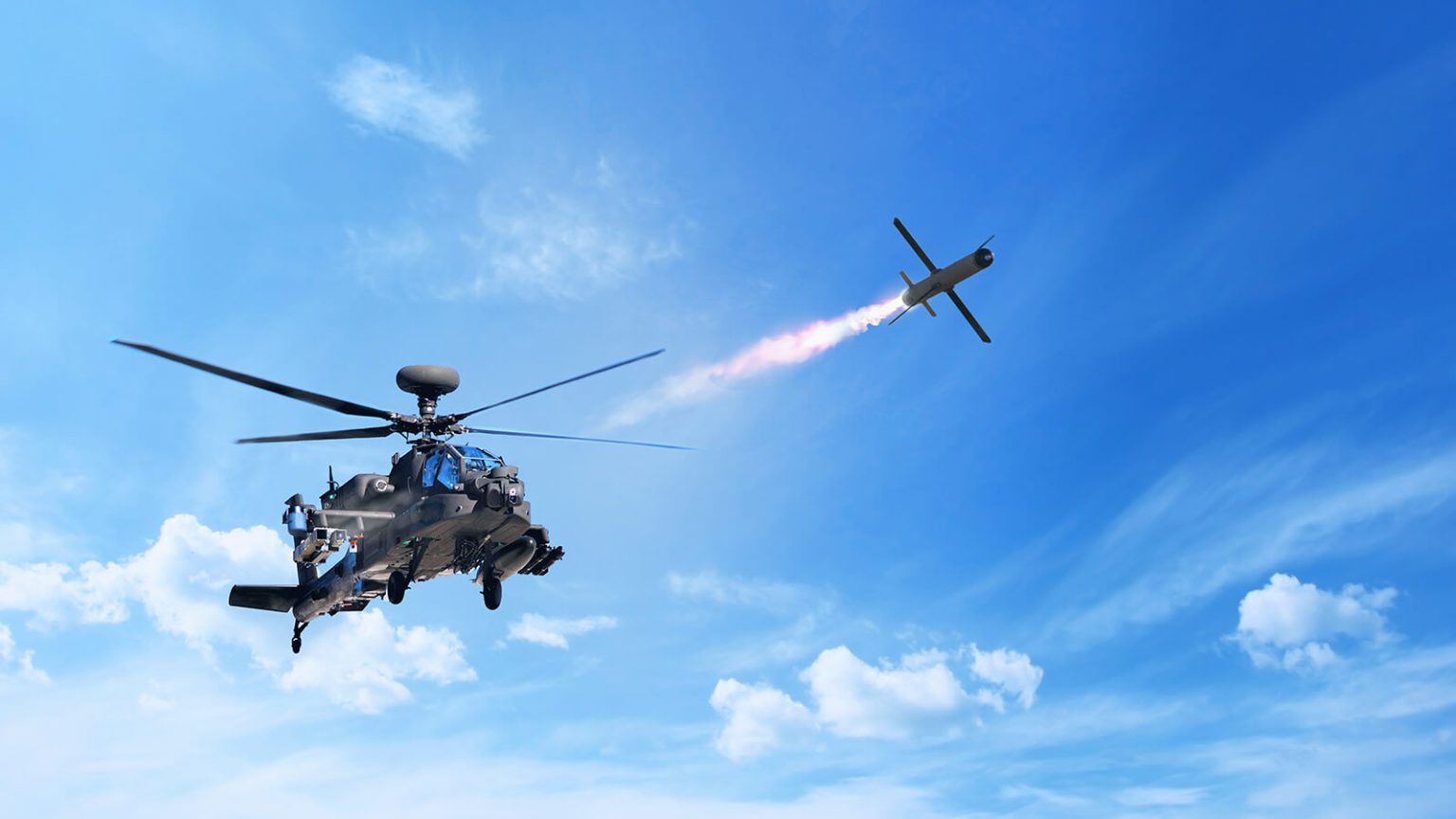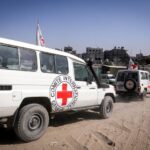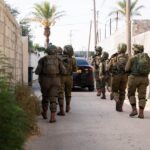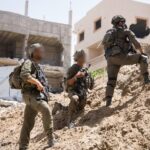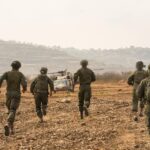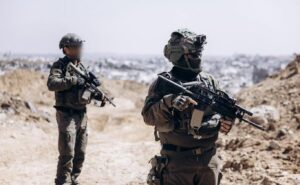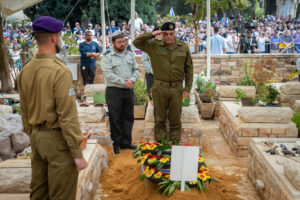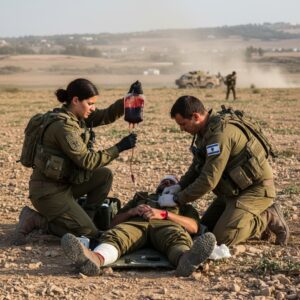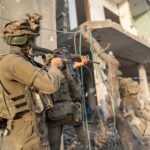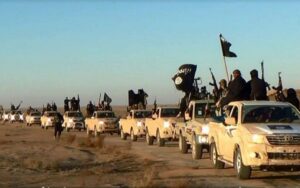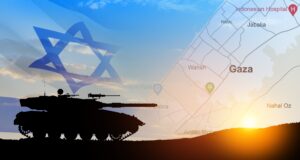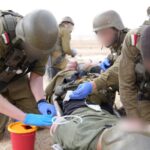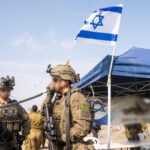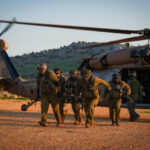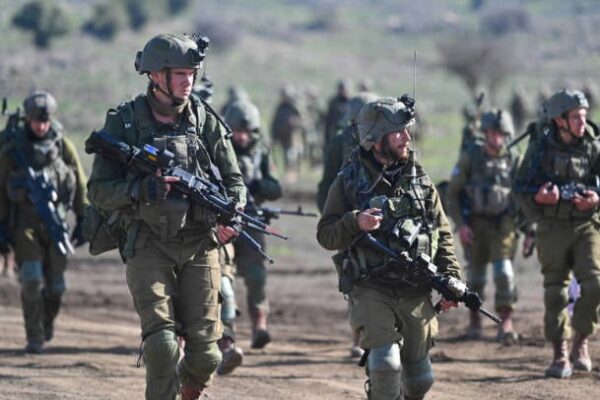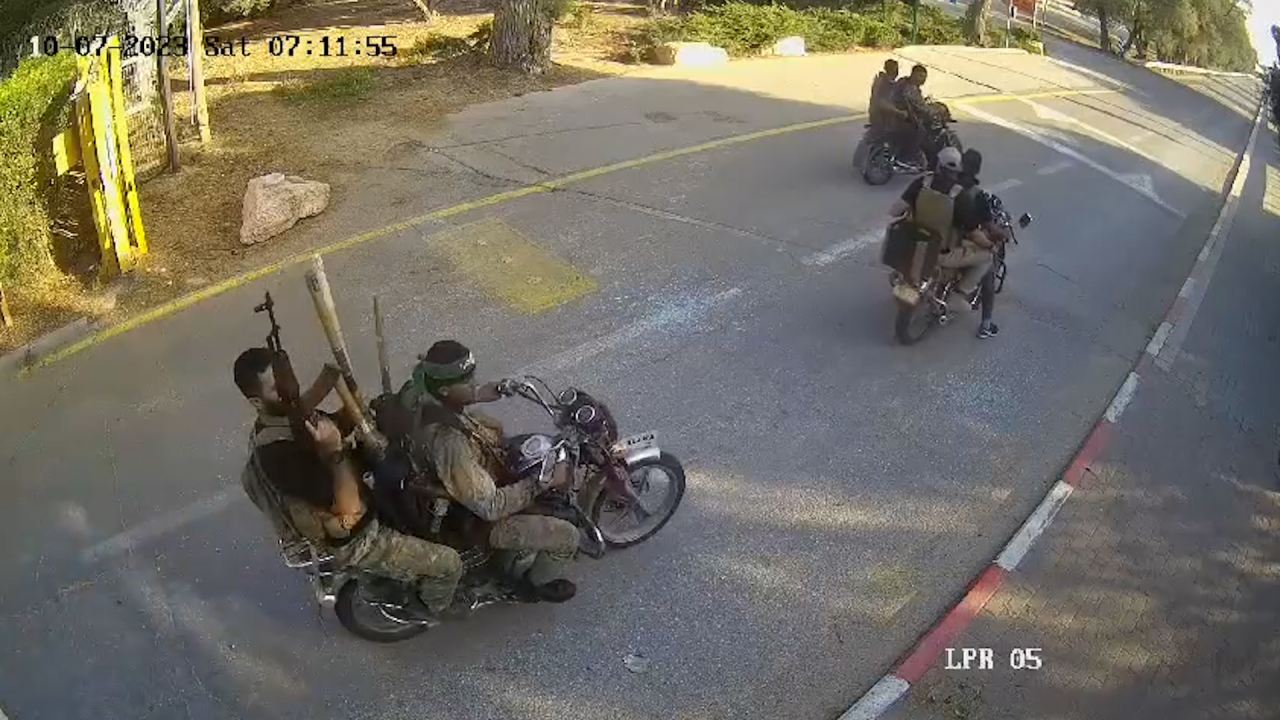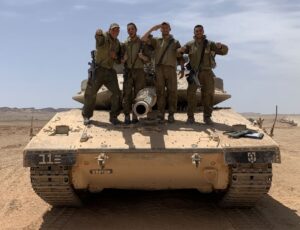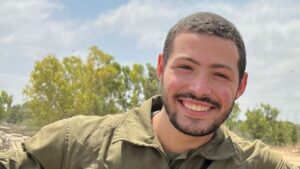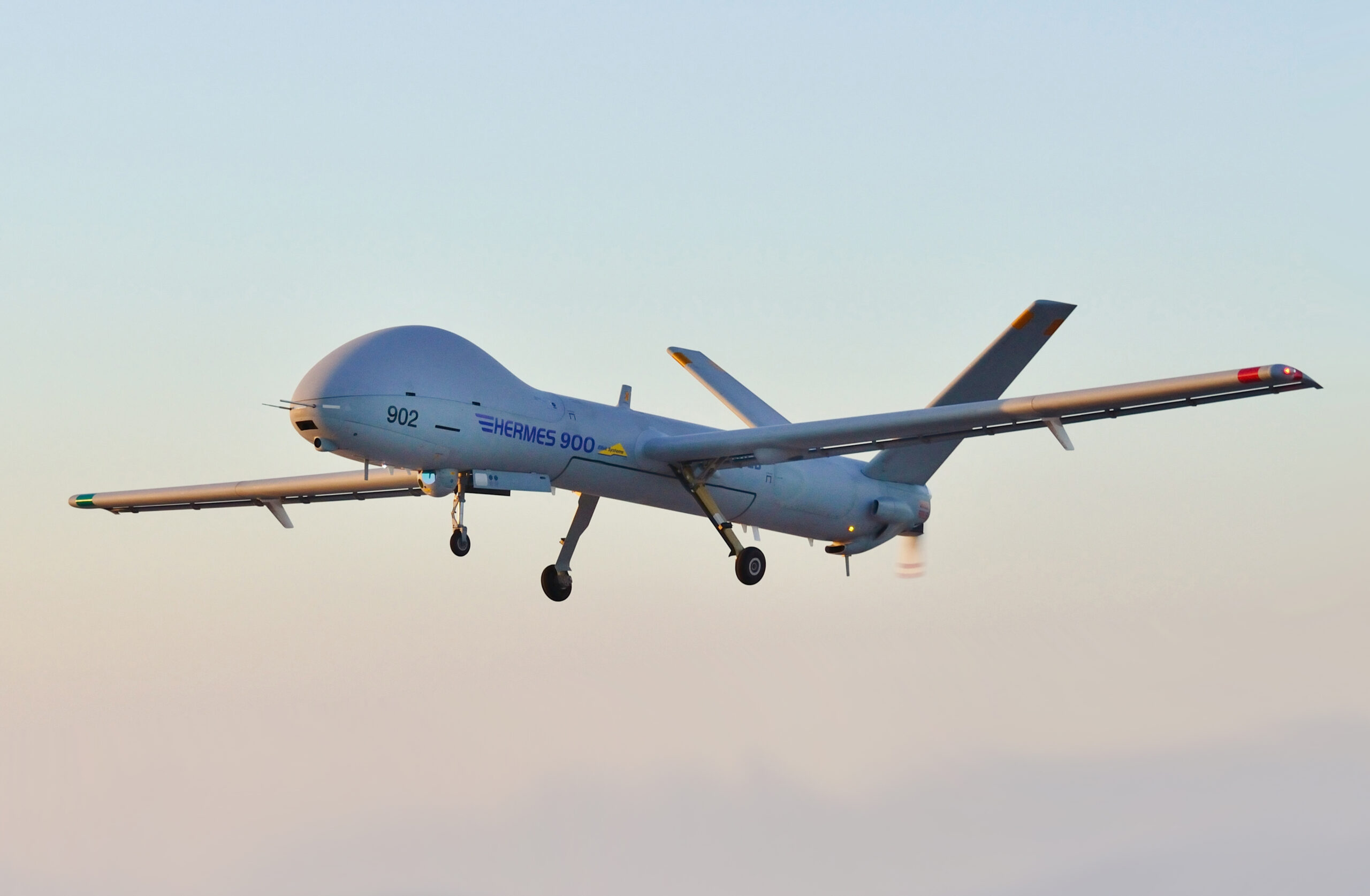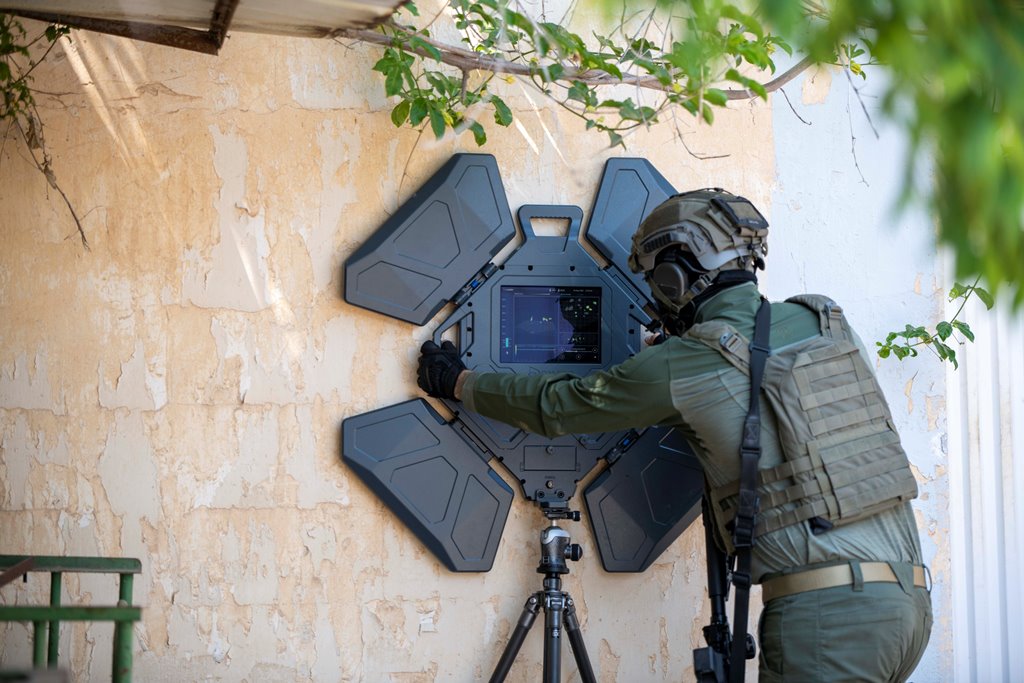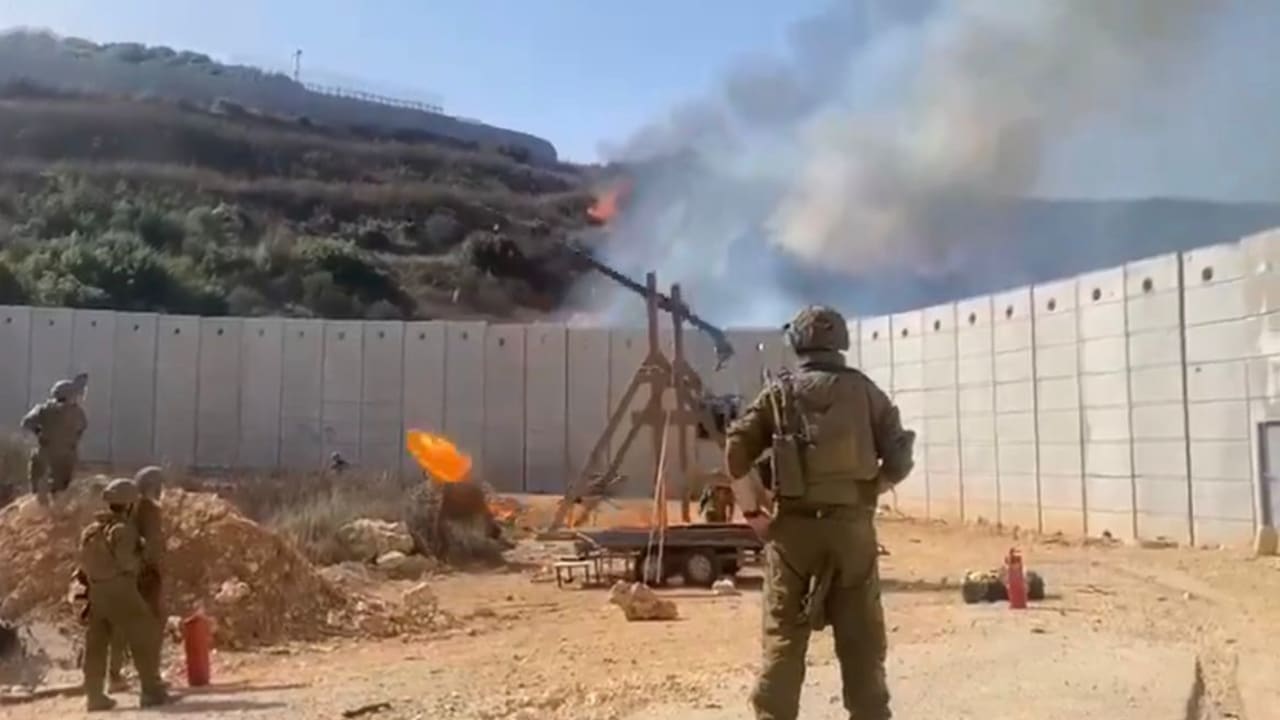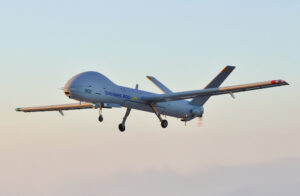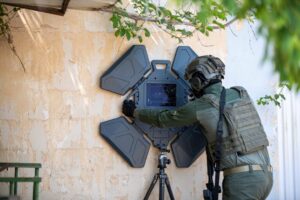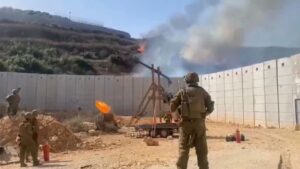The Air Force aims to enable quick helicopter and drone strikes on hostile targets during an emergency.
By Hezy Laing
Fearing a potential October 7-style attack by Arabs from Judea and Samaria, the IDF is taking precautionary measures.
This fear is due to increased terror activity, intelligence failures from the Gaza attack, and the strategic vulnerabilities of Jewish towns and IDF posts in the region.
For this reason, the Israeli Air Force has built a “target bank” in Judea and Samaria, as part of the lessons of the events of October 7.
The Air Force aims to enable quick helicopter and drone strikes on hostile targets during an emergency.
This includes terror cells, weapons caches, and command centers embedded in urban areas.
🔍 Key Reasons Behind the Concern
When Hamas openly prepared for a large-scale invasion from Gaza, Israeli intelligence underestimated the threat.
This has led to heightened sensitivity to similar patterns emerging in the Judea and Samaria.
In November 2025, the IDF conducted its first-ever joint drill involving the Judea and Samaria Division and the new 96th “Gilad” Division.
The exercise simulated 40 extreme scenarios, including:
• Simultaneous Arab infiltrations into Jewish settlements
• Arab attacks on army posts
• Terror strikes and urban combat in the Greater Tel Aviv region during reservist mobilization
The IDF and Mossad are also preparing for coordinated attacks from Iran-backed militias in Iraq, which could include missile and drone strikes.
This raises fears of multi-front assaults, with the Judea & Samaria as a possible launchpad for internal destabilization.
Judea and Samaria contains hundreds of isolated Jewish towns, many near Arab urban centers.
These are harder to defend than Gaza-border kibbutzim, making them potential targets for coordinated raids.
The IDF’s concern is not just about replication of tactics, but about preventing surprise, multi-pronged assaults that exploit gaps in intelligence and readiness.
The IDF is preparing for mass Arab attacks in Judea and Samaria by conducting large-scale joint drills simulating infiltrations, urban combat, and attacks on army posts.
It has restructured its command with the new 96th “Gilad” Division to bolster rapid response and coordination.
Intelligence units are monitoring Iranian-backed militias and local militant cells.
The IDF is also reinforcing settlement defenses and increasing surveillance.
These measures aim to prevent surprise, multi-front assaults and ensure strategic resilience.
Meanwhile the Israeli Air Force has built a “target bank” of terror locations in Arab towns across Judea and Samaria.
While the exact number of targets is undisclosed, reports suggest dozens of sites have been identified, focusing on militant infrastructure and strategic locations.
The Air Force aims to enable quick helicopter and drone strikes on hostile targets during an emergency.
This includes terror cells, weapons caches, and command centers embedded in urban areas.
The bank allows precise coordination between air and ground units, especially during infiltration scenarios.
Exercises have simulated evacuations, urban combat, and target neutralization.
Likely targets include:
• Terrorist safehouses – suspected hideouts of Islamic Jihad, Hamas, and Al-Aqsa Martyrs’ Brigades operatives.
• Weapons storage sites believed to contain arms, explosives and drones.
• Command and Control Centers used for planning or coordinating attacks.
• Refugee Camps with terror activity in areas like Jenin, Nur Shams, and Tulkarm, where the IDF has already conducted raids on terror groups.
The topography of Judea and Samaria makes rapid response more complex than in Gaza, requiring pre-mapped targets for efficient air support.
The goal is to be able to operate a high rate of fire in a broad raid even if Israeli command and control collapses.
In such a situation, dozens of targets would be attacked in the first hour of the raid, and hundreds later.


